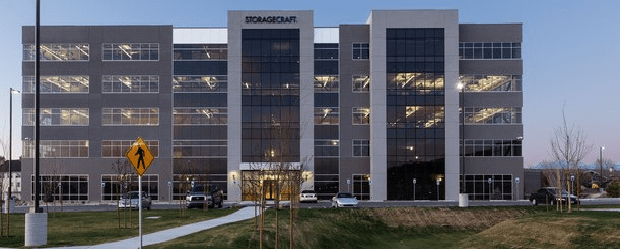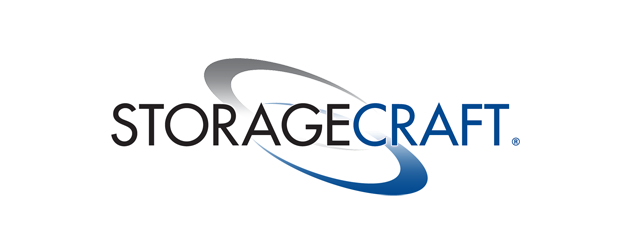StorageCraft Technology Corp. released a new product designed to significantly boost the speed of data and systems recovery within vSphere environments.
The company’s new StorageCraft VirtualBoot for vSphere expands on its existing backup and disaster recovery product lines. VirtualBoot was designed to work with StorageCraft ShadowProtect SPX to enable users to quickly virtualize backup images as guest virtual machines on VMware ESXi hosts without needing to use intermediary appliances or secondary conversion processes.
According to StorageCraft, VirtualBoot for vSphere also enables users to permanently migrate physical systems or virtual machines from another hypervisor platform to ESXi with minimal downtime, test changes to production systems offline and leverage existing VMware investments to increase ROI.
“If a business is experiencing IT downtime, it is imperative that it get access to its valuable data and mission-critical systems as quickly as possible. StorageCraft VirtualBoot for vSphere is a great business continuity tool because it removes time-consuming steps and frees up resources during the all-important recovery process,” said Scott Barnes, CTO of StorageCraft, in a statement. “StorageCraft VirtualBoot for vSphere is another example of how StorageCraft is enabling its partners to reliably protect their clients’ data and systems while being as efficient as possible.”
StorageCraft is taking the new product to market through its value-added reseller and managed service provider partners.
A recent StorageCraft guest blog post written by Brent Whitfield, CEO of DCG Technical Solutions, noted the rapid growth of the disaster-recovery-as-a-service (DRaaS) market, which was valued at US$1.42 billion worldwide in 2015. By 2020, Whitfield indicated the total worldwide market is expected to reach $12 billion by 2020.
Depending on which research firm’s analysis referenced, growth of the DRaaS market is anywhere from more than 20 per cent annually (according to Gartner) to more than 50 per cent annually (according to TechNavio).
“The BDR industry is very much alive and will mostly likely be around for many years to come,” Whitfield concluded.





